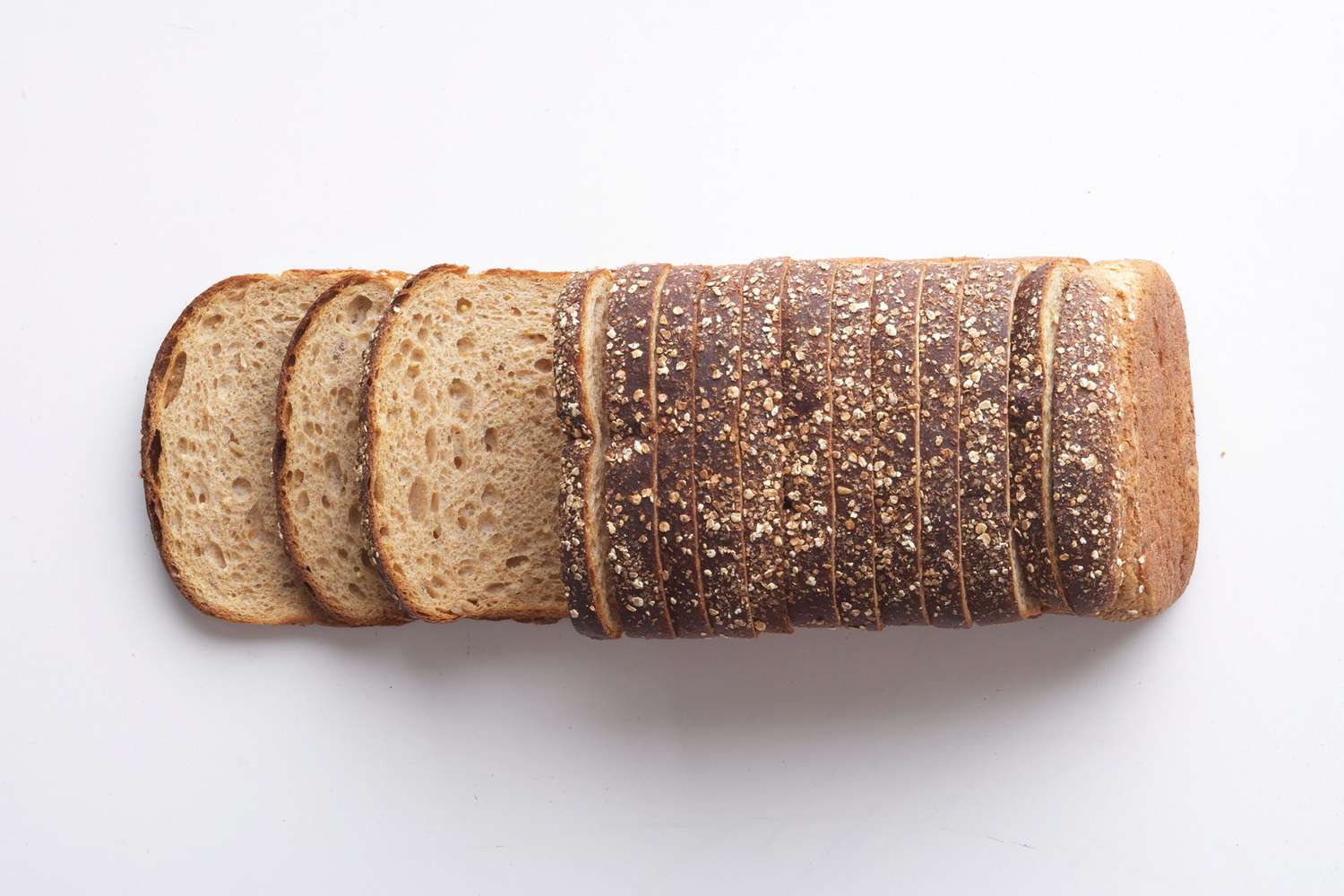

Articles
How To Store Sandwich Bread
Modified: October 22, 2024
Learn effective methods for storing sandwich bread and keeping it fresh for longer. Read our informative articles for helpful tips and techniques.
(Many of the links in this article redirect to a specific reviewed product. Your purchase of these products through affiliate links helps to generate commission for Storables.com, at no extra cost. Learn more)
Introduction
When it comes to enjoying a fresh and delicious sandwich, the bread can make all the difference. The soft and fluffy texture of sandwich bread complements the fillings perfectly, creating a satisfying and mouthwatering meal. However, improper storage can quickly lead to stale, dry, and unappetizing bread.
That’s why understanding the importance of proper bread storage is crucial. By taking the necessary steps to ensure your sandwich bread stays fresh, you can maintain its delightful taste and texture, making every bite enjoyable.
In this article, we will explore the factors to consider when storing sandwich bread and provide suitable storage options to maintain its freshness for longer periods. Whether you prefer a classic white loaf or a hearty whole wheat bread, these tips will help you keep your sandwich bread in optimal condition.
Key Takeaways:
- Proper storage of sandwich bread is crucial for maintaining its freshness, flavor, and texture. Factors such as temperature, moisture, and packaging play a key role in preserving the delightful taste of your bread.
- Choosing the right storage option, such as a bread box or freezer, can significantly extend the shelf life of your sandwich bread. By following simple tips, you can ensure that every sandwich is filled with the softness, flavor, and freshness that make it truly satisfying.
Read more: How To Store Homemade Sandwich Bread
Importance of Proper Bread Storage
Proper bread storage is essential to maintaining the quality and taste of your sandwich bread. Here are a few key reasons why it is important:
1. Freshness: Storing your bread properly helps to retain its freshness. Freshly baked bread has a soft and moist texture, making it perfect for sandwiches. Improper storage can lead to a loss of moisture, resulting in dry and stale bread.
2. Flavor: Stale bread can significantly affect the taste of your sandwich. By storing your bread properly, you can preserve the flavors and aromas of the bread, enhancing the overall taste of your sandwich.
3. Texture: Proper storage prevents your bread from becoming hardened or soggy. By keeping the right moisture levels, you can ensure that your bread remains soft and maintains the right texture for a satisfying bite.
4. Cost Savings: By storing your sandwich bread correctly, you can reduce food waste and save money. When bread is not stored properly and becomes stale, you may end up throwing it away. Proper storage can help extend the shelf life of your bread, allowing you to enjoy it for longer.
5. Health and Safety: Properly stored bread is less likely to become contaminated with bacteria or mold. This is especially important for individuals with dietary restrictions or food allergies. By ensuring your bread stays fresh and mold-free, you can protect your health and well-being.
By understanding the importance of proper bread storage, you can make sure that your sandwich bread stays fresh, flavorful, and ready to be enjoyed whenever you crave a delicious sandwich.
Factors to Consider When Storing Sandwich Bread
Properly storing sandwich bread involves considering a few crucial factors to ensure its freshness and quality. Here are some important factors to keep in mind:
1. Temperature: Bread should be stored at room temperature, ideally between 68-75°F (20-24°C). Extreme temperatures can cause bread to dry out or become stale quickly. Avoid storing bread near hot appliances or in direct sunlight.
2. Moisture: Balancing the moisture levels is important for bread storage. Excessive moisture can make the bread soggy and prone to mold growth. On the other hand, low humidity can cause the bread to dry out quickly. Aim for moderate humidity levels to maintain the bread’s softness and moisture.
3. Airflow: Adequate airflow is essential to prevent moisture build-up in the packaging, which can lead to mold growth. Choose storage options that allow some airflow to circulate around the bread, such as a bread box or a paper bag.
4. Protection from Light: Direct exposure to light can cause the bread to become stale faster. Store your bread in a dark or opaque container to shield it from light and help maintain its freshness.
5. Packaging: The right packaging can make a significant difference in bread storage. Opt for a packaging option that protects the bread from drying out or absorbing moisture. It should also provide a barrier against environmental factors, such as air and light. Avoid using plastic bags or wrap, as they can trap moisture and lead to a soggy texture.
6. Shelf Life: Different types of bread have varying shelf lives. Consider the shelf life of your specific bread type and plan your storage accordingly. For example, artisanal bread may require different storage methods compared to store-bought, pre-packaged sandwich bread.
By taking these factors into consideration, you can create an optimal environment for storing your sandwich bread and ensure it stays fresh and delicious for as long as possible.
Suitable Storage Options
Choosing the right storage option for your sandwich bread is crucial in preserving its freshness and extending its shelf life. Here are some suitable storage options to consider:
1. Bread Box: A bread box is a classic and effective storage option for keeping your bread fresh. It provides a dark and dry environment, while still allowing for proper airflow. Look for a bread box that has ventilation slits or small holes to maintain the right moisture levels inside.
2. Paper Bag: Storing your bread in a paper bag is another excellent option. The paper bag helps to absorb excess moisture while still allowing the bread to breathe, preventing it from becoming stale. However, ensure that the bag is tightly closed to keep the bread protected.
3. Linen Bag: A linen bag is a great alternative to plastic bags or wrap. Linen is breathable and provides a suitable environment for storing bread. It helps maintain the right moisture levels and protects the bread from drying out or becoming too moist.
4. Bread Bin: A bread bin or bread container with a lid can also be used to store sandwich bread. Make sure it is well-sealed to prevent moisture and air from entering. Choose a bread bin with good ventilation to avoid condensation building up inside.
5. Ceramic or Stoneware Container: Ceramic or stoneware containers are excellent for storing bread. These materials help regulate moisture and provide a cool and dark environment for your bread. Look for containers with a breathable lid or a loose-fitting lid to promote airflow.
6. Fridge Storage: While not ideal, storing bread in the refrigerator can help extend its shelf life. However, be aware that refrigeration can accelerate the staling process and make the bread dry. If you choose to refrigerate your bread, make sure it is properly wrapped in a breathable container, such as a reusable bread bag or linen cloth.
Remember, it’s important to choose a storage option that suits your needs and the specific characteristics of your bread. Experiment with different storage methods to find the one that helps maintain the freshness and texture of your sandwich bread for the longest period.
Storing Bread in a Bread Box
A bread box is a classic and effective storage option for keeping your sandwich bread fresh and delicious. It provides the perfect environment to maintain the texture, flavor, and moisture content of your bread. Here are some tips for storing bread in a bread box:
1. Choose a suitable bread box: When selecting a bread box, opt for one that is spacious enough to accommodate your loaf of bread. It should have ventilation slits or small holes to allow for proper airflow, preventing moisture build-up.
2. Keep it in a cool, dry place: Place the bread box in a cool and dry location away from direct sunlight. Extreme temperatures or high humidity can affect the freshness of the bread. Avoid storing the bread box near appliances that generate heat.
3. Store the bread properly: Before placing the bread in the bread box, allow it to cool completely to avoid condensation forming inside. Place the loaf upside down in the bread box to help prevent the crust from becoming too moist. If you have sliced bread, stack the slices neatly inside the box. Avoid overcrowding the bread box to allow air circulation.
4. Check for freshness regularly: It’s important to check the bread regularly to ensure it’s still fresh. If you notice any signs of spoilage or staleness, remove the affected pieces immediately to prevent it from spreading to the rest of the loaf.
5. Clean the bread box regularly: To maintain hygiene, clean the bread box regularly. Remove any crumbs or food particles that may accumulate inside. Use a mild soap and water solution to clean the bread box and ensure it’s thoroughly dry before placing the bread back in.
6. Use the bread box for short-term storage: While a bread box helps to keep your bread fresh, it’s important to note that it’s best for short-term storage, typically not exceeding a few days. If you need to store bread for a longer period, consider other options such as freezing or refrigerating.
A bread box can be a stylish and practical addition to your kitchen, keeping your sandwich bread soft, moist, and delicious. By following these tips, you can enjoy fresh and tasty bread for your sandwiches whenever you want.
Store sandwich bread in a cool, dry place, such as a bread box or a resealable plastic bag, to keep it fresh for longer. Avoid storing it in the refrigerator, as this can make the bread go stale faster.
Read more: How To Store Sandwiches In The Fridge
Storing Bread in a Plastic Bag or Wrap
Using a plastic bag or wrap is a common method for storing sandwich bread, as it provides a barrier against air and moisture. Here are some tips for storing bread in a plastic bag or wrap:
1. Choose the right type of bag or wrap: Opt for a plastic bag specifically designed for food storage. Look for bags that are durable, free of chemicals, and have a tight seal to keep air and moisture out. Alternatively, you can use plastic wrap or cling film to wrap the loaf tightly.
2. Let the bread cool completely: Before wrapping the bread in plastic, make sure it has cooled down completely. Wrapping warm or hot bread can create condensation inside the bag, leading to a soggy texture or mold growth.
3. Remove excess air from the bag: As you place the bread inside the bag, gently press out any excess air before sealing it. This helps to minimize the amount of air exposure that can lead to staling and loss of freshness.
4. Store in a cool, dry place: Find a suitable spot in your kitchen for storing the plastic-wrapped bread. This area should be cool, dry, and away from direct sunlight. Avoid places with high humidity, as moisture can make the bread soggy and promote mold growth.
5. Avoid freezer bags for short-term storage: Freezer bags are designed to be airtight and are more suitable for long-term freezing. For short-term storage of a few days to a week, regular food-grade plastic bags or wrap are sufficient.
6. Slice the bread as needed: If you’re storing sliced bread, it’s best to slice and wrap only what you’ll be using for the next day or two. This helps to maintain the freshness of the remaining slices, as each time you open the bag, more air is introduced, which can affect the texture and taste.
7. Monitor freshness regularly: Check the bread for freshness regularly. If you notice any signs of mold, discoloration, or a stale smell, discard the bread immediately to prevent any potential health risks.
Storing bread in a plastic bag or wrap can help prolong its freshness and prevent it from drying out. Remember to choose the right type of bag or wrap, store it in a suitable environment, and monitor its freshness regularly to ensure you enjoy delicious sandwiches with fresh bread.
Storing Bread in the Refrigerator
While storing bread in the refrigerator is not the ideal method, it can help extend its shelf life for a short period. However, it’s essential to be aware that refrigeration can lead to faster staling and changes in texture. Here are some tips for storing bread in the refrigerator:
1. Wrap the bread tightly: Before placing the bread in the refrigerator, make sure it is tightly wrapped to prevent it from drying out. Use airtight plastic bags or wrap the loaf in plastic wrap or aluminum foil to create a barrier against air and moisture.
2. Choose the right storage spot: Find a spot in the refrigerator where the bread is less likely to be exposed to temperature fluctuations. The crisper drawer or a lower shelf is usually a suitable option. Avoid storing the bread near strong-smelling foods as it can absorb odors.
3. Use the refrigerator for short-term storage: The refrigerator is best used for short-term storage of bread that will be consumed within a few days. If you plan to keep the bread for an extended period, consider freezing it instead.
4. Let the bread come to room temperature: Before consuming the refrigerated bread, allow it to come to room temperature. This helps restore some of the bread’s texture and flavor that may have been affected by the cold temperature.
5. Toast or warm the bread if needed: If the refrigerated bread feels slightly stale, toasting it can help revive its texture and make it more enjoyable. Alternatively, you can warm it in a microwave or oven for a short time to soften it slightly.
6. Be mindful of condensation: When removing the bread from the refrigerator, be cautious of condensation that may have formed on the wrapping. This moisture can make the bread soggy, so carefully unwrap and inspect the bread before consuming.
It’s worth noting that while refrigeration can help to prolong the shelf life of bread, the texture and taste may be compromised compared to bread stored at room temperature. It’s recommended to use alternative storage methods, such as a bread box or freezer, for optimal bread storage and freshness.
Storing Bread in the Freezer
Freezing bread is an excellent option for extending its shelf life and ensuring it stays fresh for an extended period. Properly freezing bread can help preserve its taste, texture, and quality. Here are some tips for storing bread in the freezer:
1. Wrap the bread for freezer storage: Before placing the bread in the freezer, ensure it is tightly wrapped to prevent freezer burn and maintain its freshness. Consider using plastic freezer bags, heavy-duty aluminum foil, or airtight containers specifically designed for freezer storage.
2. Slice the bread (optional): If you prefer to have individual slices readily available, consider slicing the bread before freezing. Place a piece of parchment paper between each slice to prevent them from sticking together.
3. Label and date the bread: To keep track of the storage time, label the wrapped bread with the date of freezing. This way, you can easily identify and use the oldest bread first.
4. Store in a single layer: Arrange the wrapped bread in a single layer in the freezer to promote even freezing. This will help maintain the bread’s texture and prevent it from becoming squashed or misshapen.
5. Keep away from odorous foods: Place the bread away from strong-smelling foods in the freezer to avoid picking up any unpleasant odors. Consider using a designated freezer storage area to minimize potential flavor transfer.
6. Thawing frozen bread: When ready to use the frozen bread, remove the desired amount from the freezer and let it thaw at room temperature. Avoid refreezing previously frozen bread, as it can affect its taste and texture.
7. Consider par-baking: If you prefer a fresher taste, you can partially bake the bread before freezing. Par-baking involves baking the bread for a short period, cooling it, and then freezing it. This method allows you to finish baking the bread fresh whenever you want to enjoy it.
8. Use within a reasonable timeframe: While frozen bread can be stored for several months, it’s best to consume it within 2-3 months for the best taste and texture.
Freezing bread is an effective method for prolonging its shelf life, allowing you to enjoy fresh bread whenever you desire. By following these tips, you can ensure your frozen bread maintains its quality and remains a delicious option for sandwiches.
Tips for Maintaining Bread Freshness
To ensure your sandwich bread stays fresh and delicious, there are several tips you can follow to maintain its freshness. Here are some helpful tips:
1. Buy fresh bread: Purchase your bread from a reputable baker or store that offers freshly baked bread. Freshly baked bread has a better chance of staying fresh for longer compared to bread that has been sitting on the shelf for an extended period.
2. Store bread at room temperature: It’s best to store sandwich bread at room temperature in a suitable storage option, such as a bread box or a linen bag. Room temperature storage helps maintain the bread’s texture and flavor without accelerating staling.
3. Slice as needed: If you’re not planning to consume the entire loaf at once, consider slicing the bread as you need it. This helps to minimize the exposed surface area, reducing the risk of quick moisture loss and staling.
4. Avoid excessive air exposure: Air exposure can lead to bread becoming stale quickly. When storing bread, ensure it is tightly enclosed in a suitable container or wrapped in airtight packaging to prevent air from reaching it.
5. Cut only what you need: If possible, slice the bread as you need it instead of pre-cutting the entire loaf. Cutting exposes more surface area to air, causing the bread to become stale faster.
6. Use a bread knife: When slicing bread, it’s best to use a serrated bread knife. This type of knife cuts through the bread’s crust without compressing it, maintaining the bread’s structure and texture.
7. Avoid storing bread in the refrigerator for extended periods: While refrigeration can help extend bread’s shelf life, it can also lead to accelerated staling and changes in texture. Refrigerate bread only if it won’t be consumed within a few days.
8. Freeze bread for longer storage: If you have excess bread or want to prolong its shelf life, consider freezing it. Properly wrapped bread can be stored in the freezer for several months without compromising its quality.
9. Thaw frozen bread properly: When thawing frozen bread, allow it to come to room temperature naturally. Avoid using heat or microwaving, as it can cause uneven thawing and affect the bread’s texture.
10. Refresh stale bread: If your bread has become slightly stale, you can refresh it by lightly toasting or heating it in an oven. This can help revive some of the bread’s texture and make it enjoyable again.
By following these tips, you can maintain the freshness of your sandwich bread, ensuring a satisfying and flavorful experience with every bite.
Read more: How To Store Subway Sandwich Overnight
Conclusion
Proper storage of sandwich bread is essential to maintaining its freshness, flavor, and texture. By considering factors such as temperature, moisture, and packaging, you can ensure that your bread stays delicious for longer periods.
Using suitable storage options such as bread boxes, plastic bags, or linen bags can help create the ideal environment for maintaining bread freshness. Additionally, freezing bread can be a great way to extend its shelf life, especially if you have excess bread or want to stock up for later use.
Don’t forget to follow tips for maintaining bread freshness, including buying fresh bread, storing it at room temperature, and avoiding excessive air exposure. Slicing bread as needed, using the right knife, and properly thawing frozen bread are also important considerations.
Remember, the key to enjoying mouthwatering sandwiches lies in the quality of the bread. By taking these storage tips into account, you can ensure that each bite is filled with the softness, flavor, and freshness that make a sandwich truly satisfying.
So, the next time you bring home a loaf of your favorite sandwich bread, apply these storage techniques to keep it fresh and enjoy delightful sandwiches to your heart’s content.
Frequently Asked Questions about How To Store Sandwich Bread
Was this page helpful?
At Storables.com, we guarantee accurate and reliable information. Our content, validated by Expert Board Contributors, is crafted following stringent Editorial Policies. We're committed to providing you with well-researched, expert-backed insights for all your informational needs.




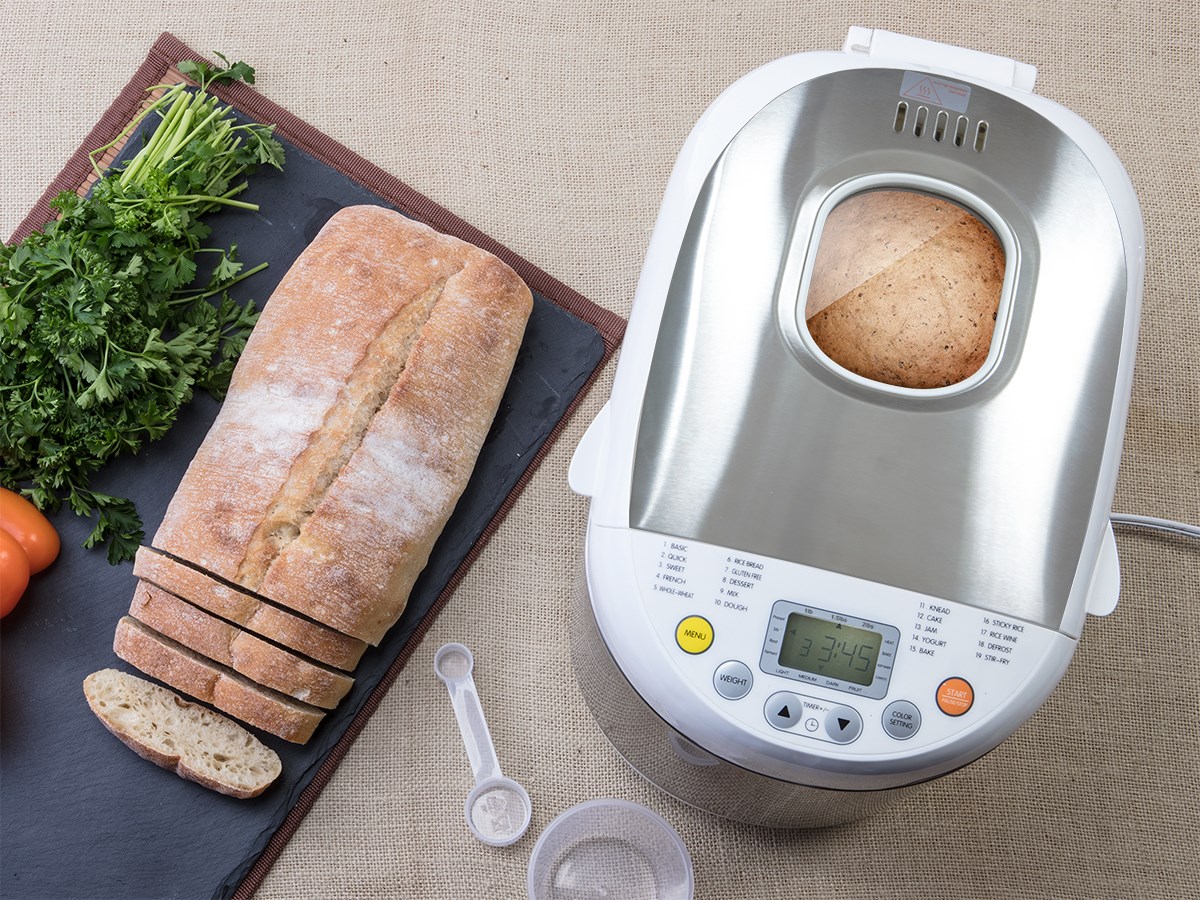
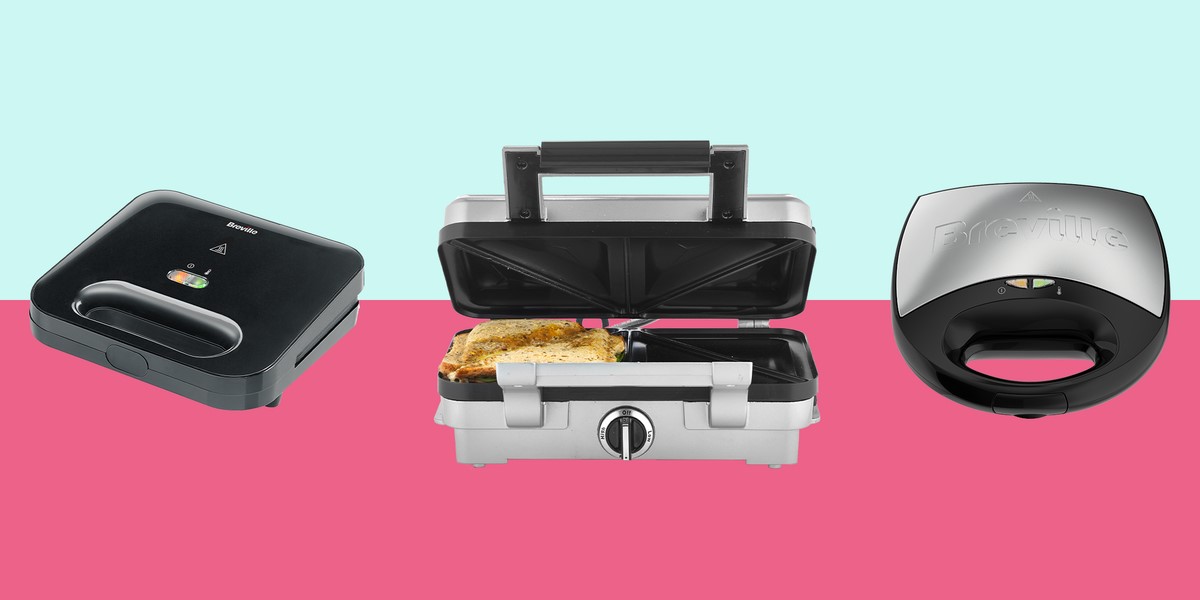
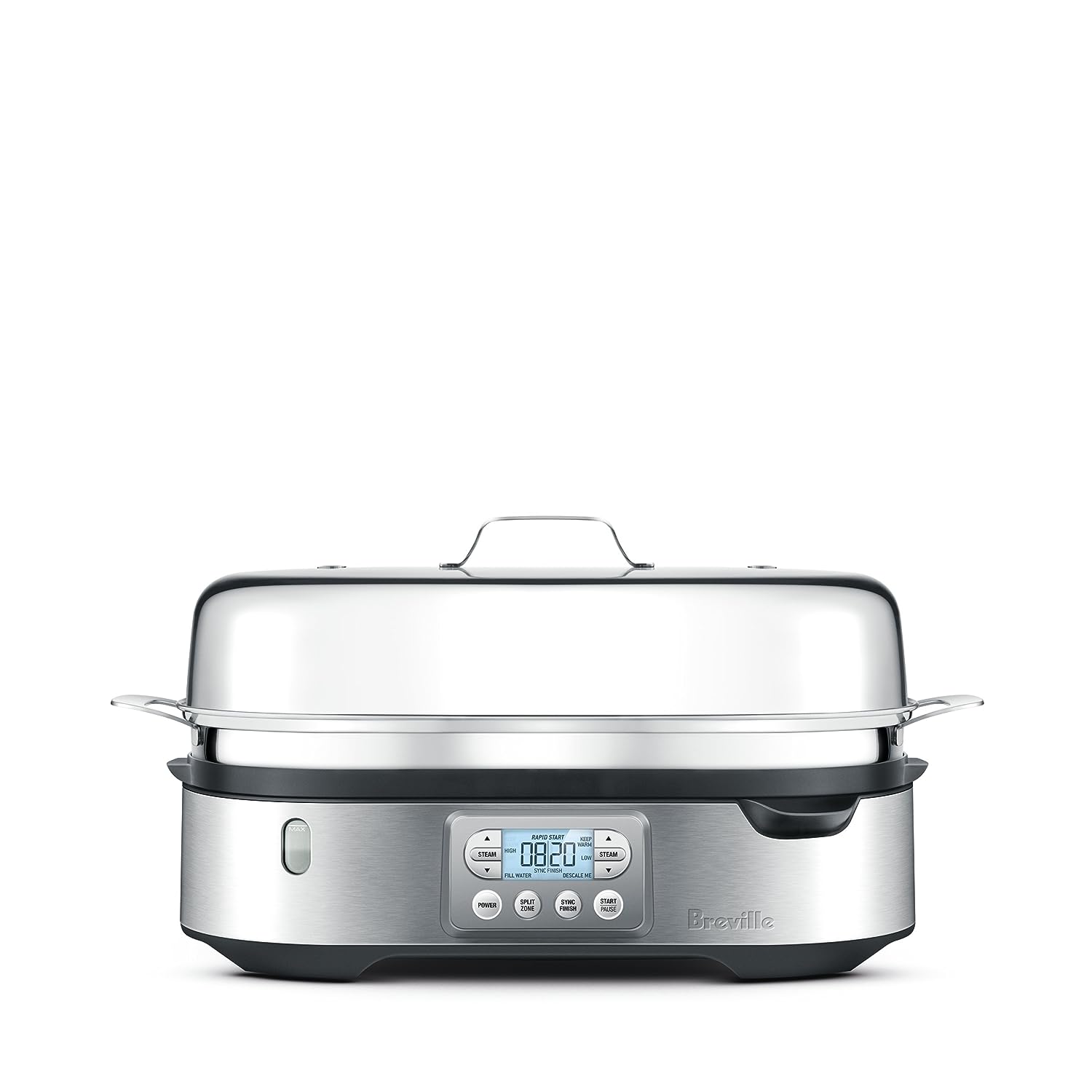

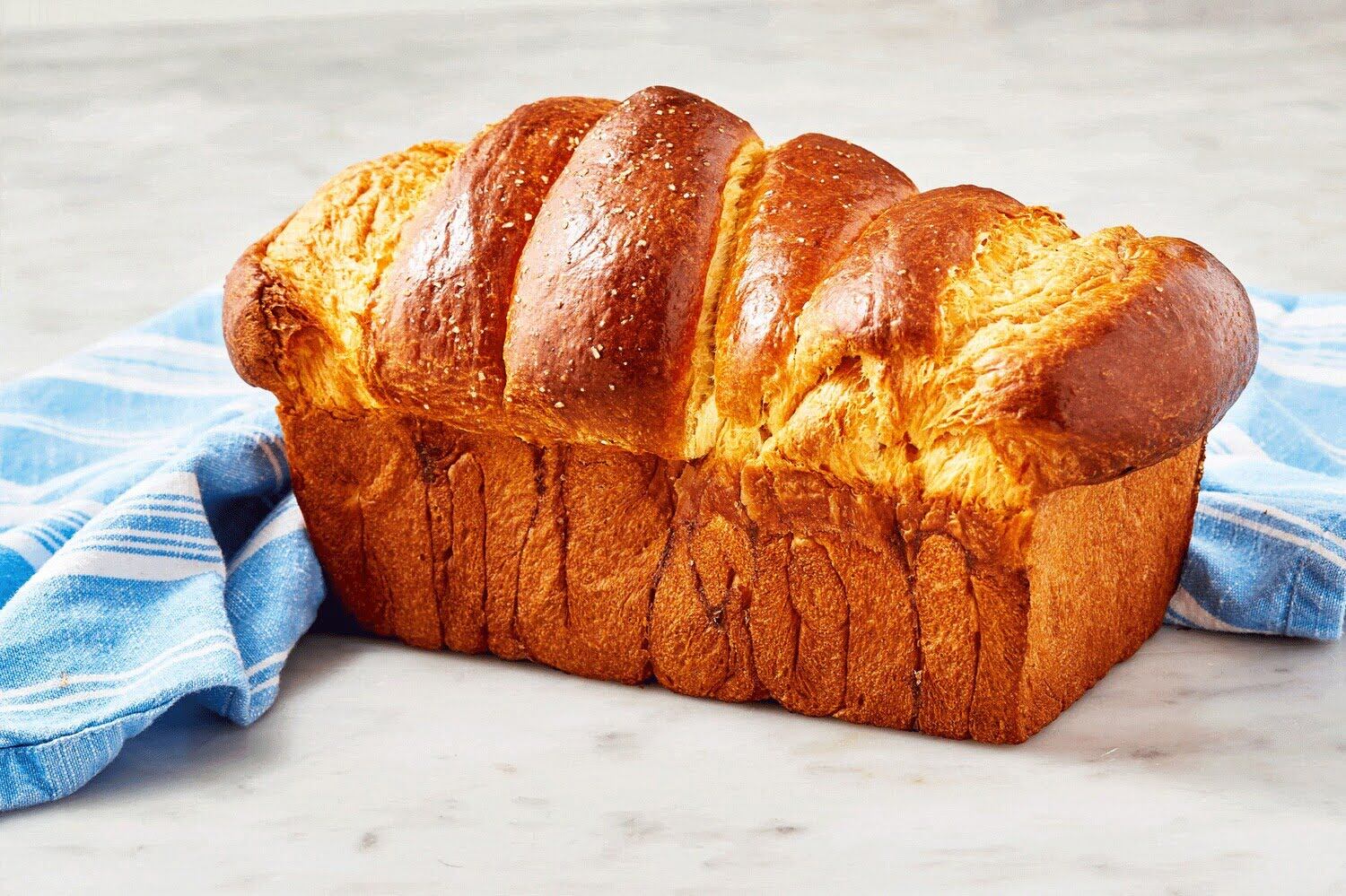
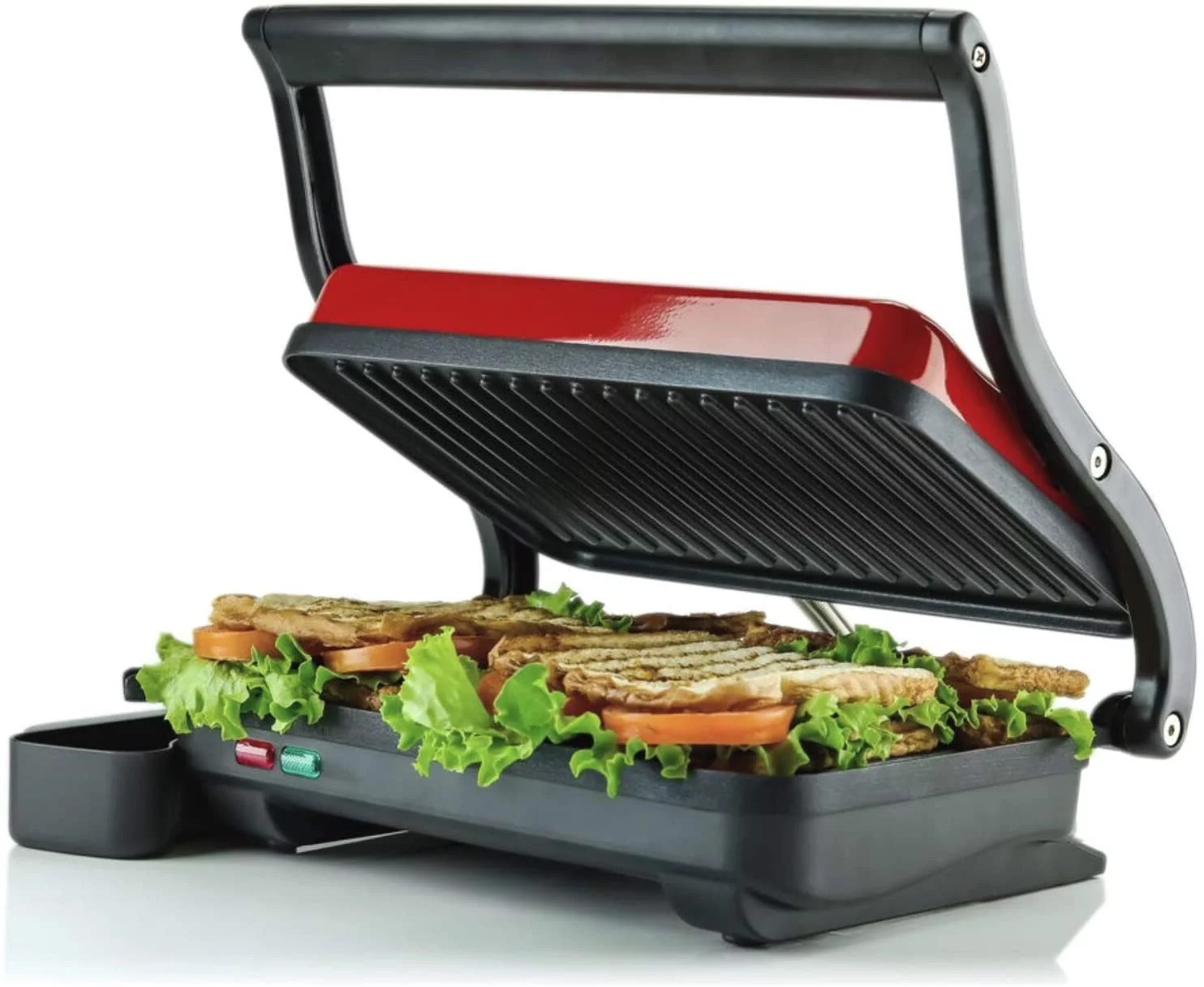

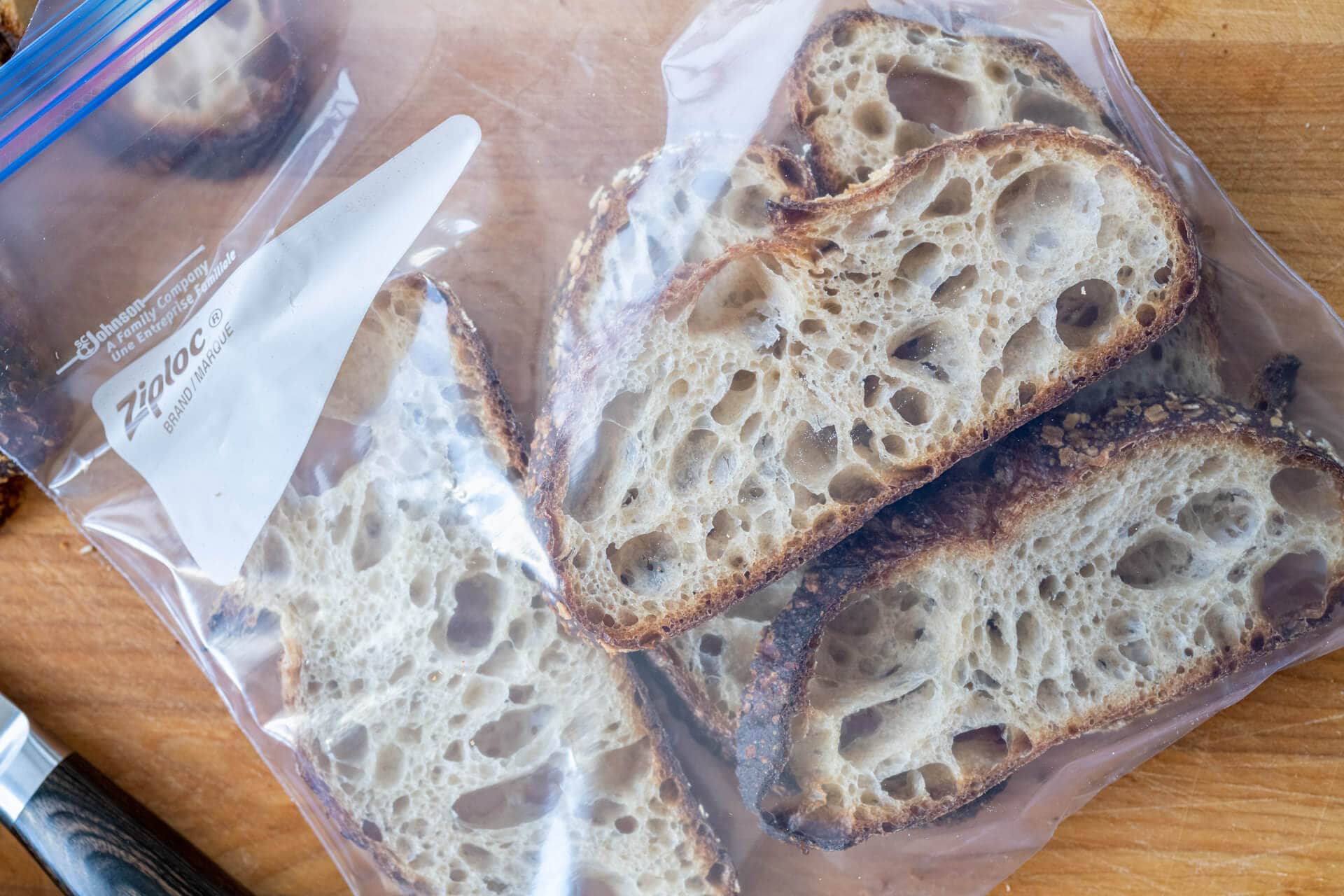
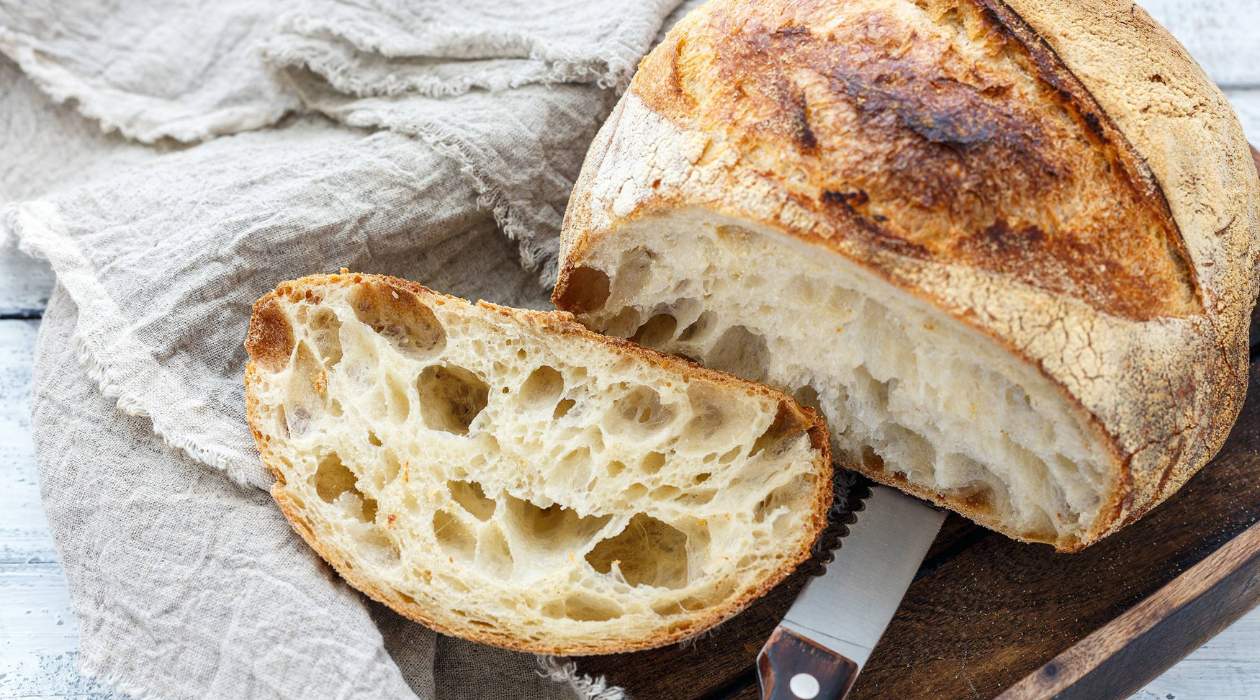

0 thoughts on “How To Store Sandwich Bread”